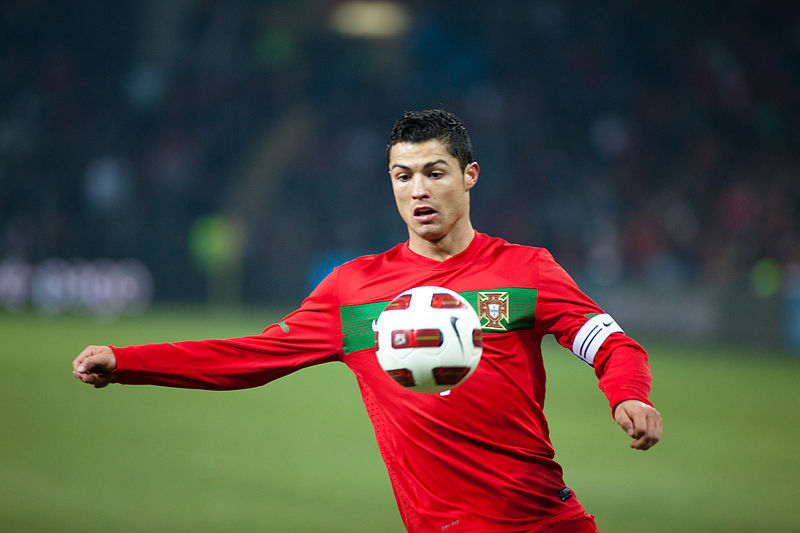[Geekery] Dodging 9s
Today I found via FiveThirtyEight a riddle about arithmetic progressions: it’s called “Dodging 9s”. The question is to find the longest arithmetic progression (which means a collection of numbers in which each number is equal to the precedent plus some constant number (called the common difference), for instance 4 7 10 13 16) in which there is no 9 in any number. The repartition of the integers which contain a 9 is shown in the following figure, where the first…

